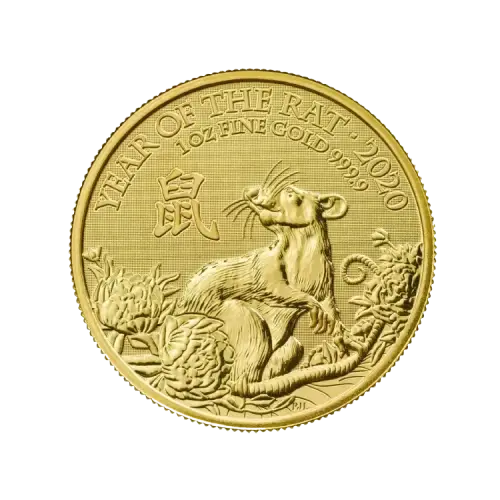The relationship between interest rate changes and the gold price
Update: 15 May 2025 Reading time: 4 min
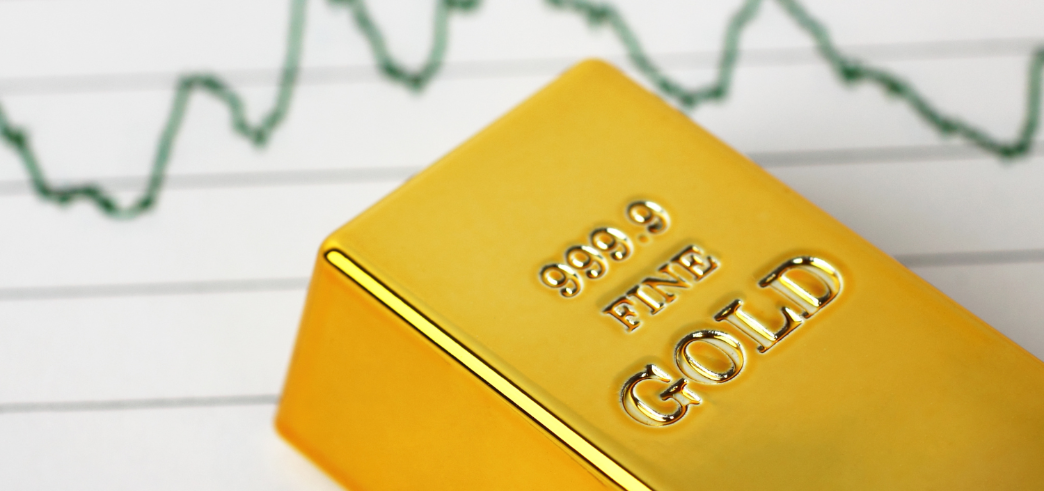
The relationships between interest rates and the gold price should be closely monitored. Those who have studied the gold market know that negative interest rates have often had a positive effect on the gold price in the past. We discuss the relationship between central bank interest policies and the gold price, and the influence of bond yields on the gold rate.
What happens to gold when interest rates fall?
When interest rates fall, the gold price often rises. We have seen this happen several times in recent years. In March 2020, the Federal Reserve (FED), the U.S. central bank, announced it would lower interest rates.
The rates dropped from 1 percent to about 0 to 0.2 percent, aiming to stimulate the American economy. This interest rate, set by the FED, is the rate banks use when lending to each other. The effect of this low rate trickles down to interest rates on credit card spending, savings accounts, and mortgages.
Why do investors choose gold during low interest rates?
When interest rates are this low, many investors are interested in buying gold as a hedge in economically uncertain times. Low rates often indicate uncertainty about economic growth. They also often lead to inflation.
Gold serves as an ‘inflation hedge’. An announcement from the FED about lowering interest rates often results in a rise in the gold price. Many investors then invest in gold as protection against inflation.
The link between government bonds and gold
There is also a connection between government bond yields and the gold price. When the FED announced in March 2020 that it would lower rates, bond yields fell to a record low. This happens because bond prices rise when interest rates fall.
Investors earn little interest on their savings and therefore prefer to buy bonds. For the same reason, other investors prefer gold over bonds. Holding gold instead of government bonds offers the advantage that the value of gold is not determined by government policy. In addition, gold is traded globally and its trade is not restricted by international borders.
Interest rate developments in the US and their influence
US interest rates and the FED’s policy play a major role in the gold price. When interest rates rise, bonds and savings products become more attractive. Interest in gold then declines, as gold does not yield interest. Precisely when rates are low, investors more often turn to gold as a stable store of value.
Market expectations also play a role: as soon as investors suspect that the FED will lower rates, the gold price often rises in anticipation. Gold therefore responds not only to interest rate changes. The gold price also reflects how the market interprets and anticipates those changes.
Gold as protection against inflation and uncertainty
US interest rates and the FED’s policy often influence the gold price indirectly, through expectations and market sentiment. As soon as investors suspect that rates are falling or economic uncertainty is increasing, they automatically invest in gold as a safeguard against depreciation. This movement makes gold especially valuable in volatile times.
Want to benefit from this? Discover the current range of gold bars and gold coins at The Silver Mountain and get in touch for personal advice. Together, we’ll build a solid, resilient portfolio.
Disclaimer: The Silver Mountain does not provide investment advice and this article should not be considered as such. Past performance is no guarantee of future results.
 Over Rolf van Zanten
Over Rolf van Zanten
Director and owner

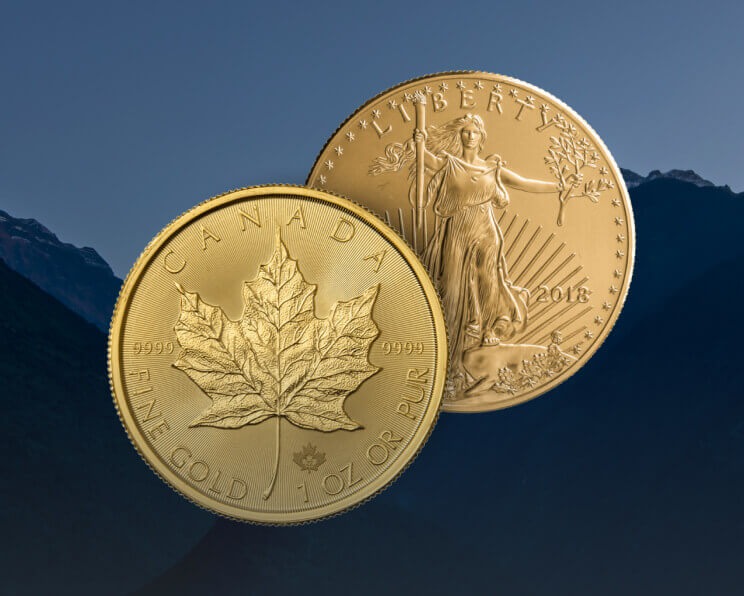
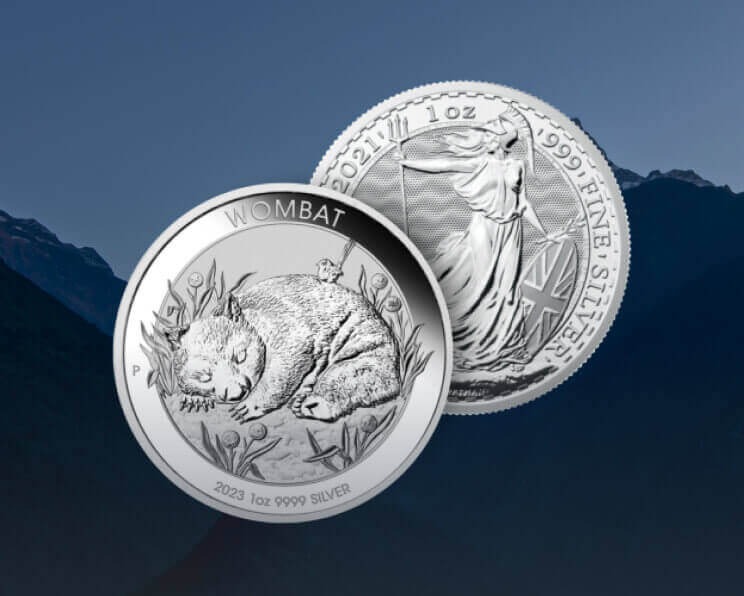





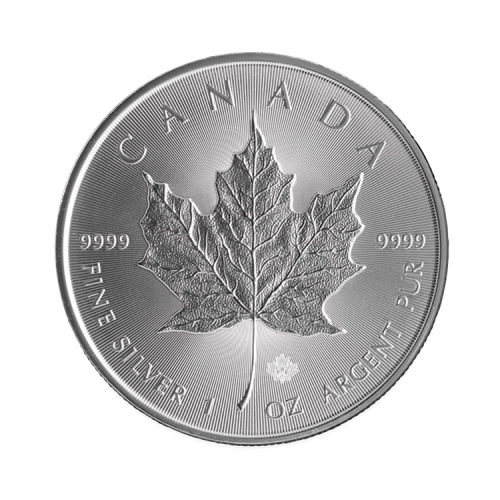
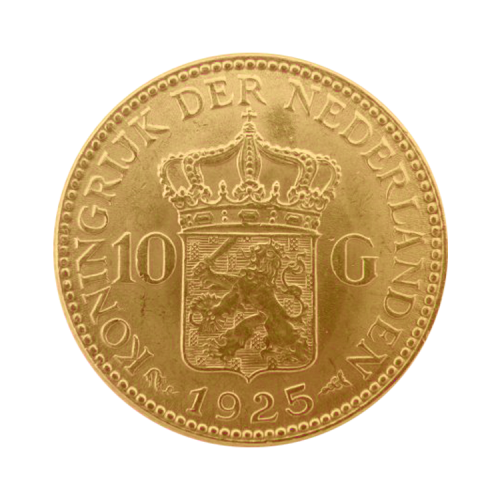
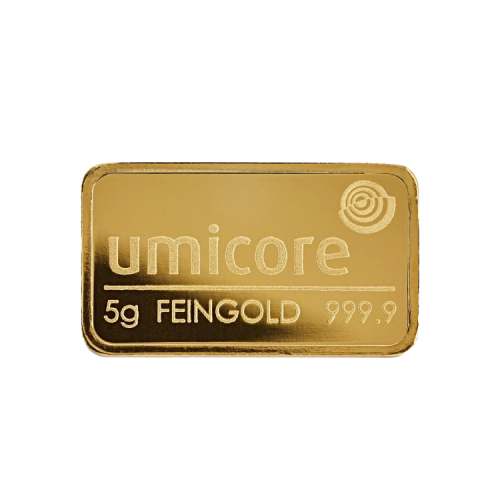
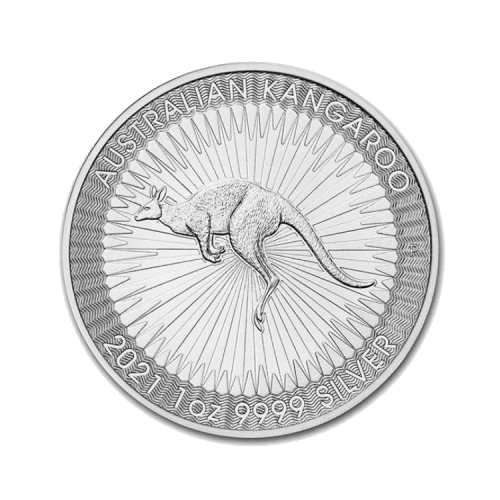
-Psfmhzrc-web_normal.png)
